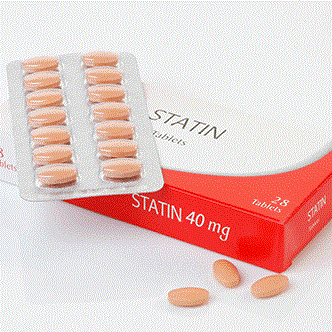
Muscle pain is the most common side effect associated with cholesterol-lowering statins, but there are ways to help patients reach targeted cholesterol levels while minimizing symptoms, according to a clinical update recently published in the European Heart Journal.
Muscle pain is one of the top reasons why patients taking statins fail to take them as prescribed or stop taking them altogether. It’s estimated that as many as one-third of patients taking statins experience this side effect. For some individuals, this side effect makes it seem like the benefit of taking the medication isn’t worth it—a serious problem.
For patients with high cholesterol, statins are often critical to achieving target cholesterol levels. High cholesterol is a major risk factor for heart attack and stroke. In some cases, lifestyle changes like eating healthy and staying active aren’t enough to reduce risk of life-threatening heart events.
The European Atherosclerosis Society has recently released guidelines for the diagnosis and management of muscle pain associated with statin use. After reviewing the latest evidence, their expert panel highlights the importance of recognizing side effects of statins, which can range from mild muscle discomfort to severe pain that gets in the way of daily activities. Patients often describe symptoms as a soreness, tiredness or weakness in the muscles. It’s important that doctors discuss these symptoms with patients so they’re easily recognized. When patients experience side effects from statins, it’s very dangerous to stop taking statins without consulting their doctor, so the goal is to monitor symptoms and help ensure that patients take their medication as prescribed.
When patients experience muscle pain when taking a statin, experts also recommend lowering the dose to what a patient can comfortably tolerate. This low dose of statins should be combined with other cholesterol-lowering therapies to help achieve target cholesterol levels and reduce risk of heart attack and stroke.
In addition to these guidelines, experts also encourage future research on this important issue. Studies have been conducted to help identify how statins cause muscle pain, which experts hope will lead to the development of drugs that don’t cause this side effect. However, further research is needed to better understand side effects associated with statins and ways in to overcome this challenge.